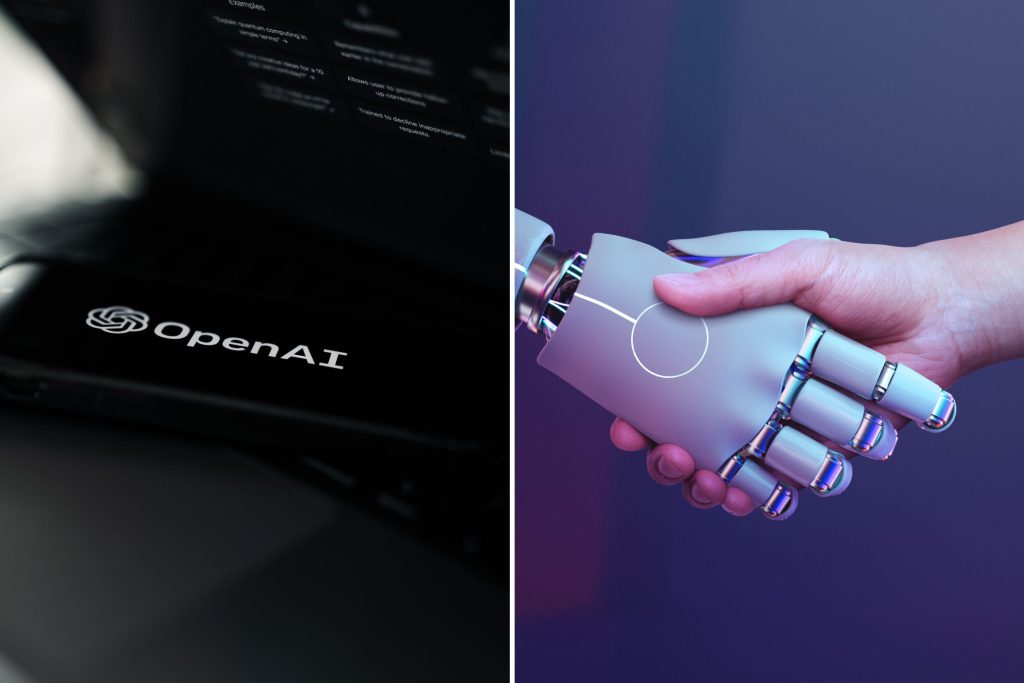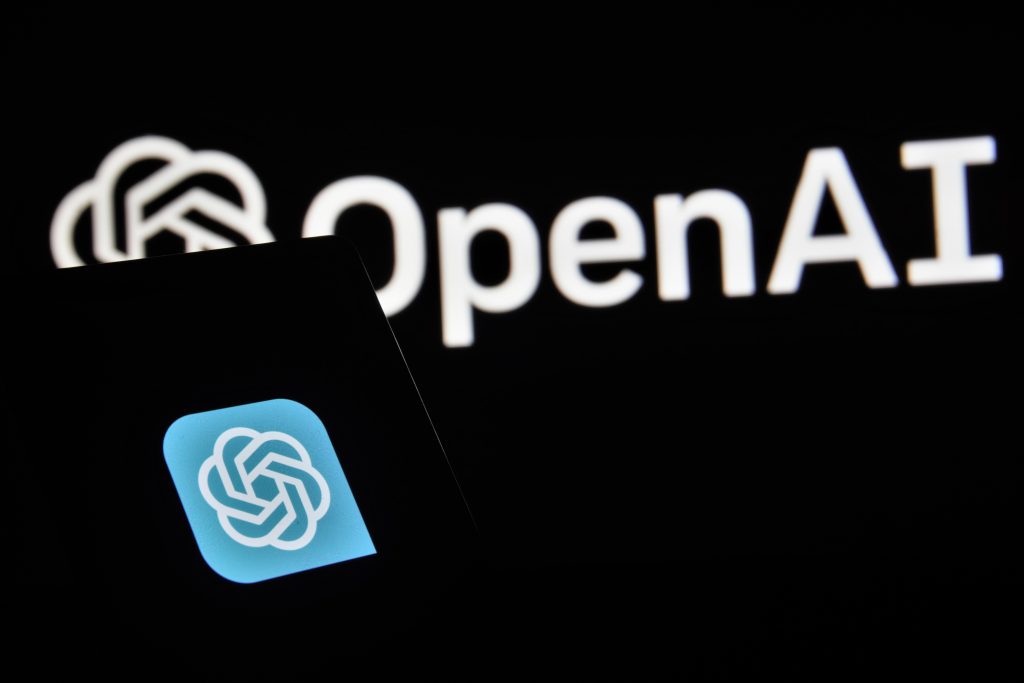
Back in 2014, we’ve seen Generative AI fundamentally reshape countless industries, from journalism and content creation to product design and beyond. Its ability to generate new and original creations, based on learned patterns from vast amounts of data, sparked a revolution. But as we transition into the next stage of AI evolution, a new challenger has emerged – Interactive AI.
A shift in momentum?
The recent rise of Interactive AI isn’t a random trend. It symbolizes the next logical step in the evolution of AI technology. While generative AI was amazing in its ability to produce unique outputs, the advent of Interactive AI takes that very capability to an entirely new level. This fresh genre of AI is all about collaboration, refining its outputs based on human interaction to deliver results that are increasingly attuned to human intent and needs.
But one might ask why this transition is significant. Is Interactive AI replacing Generative AI, or will the two types continue to battle for dominance in the AI space? The answer, as it often is, may not be as binary as it seems.
“Change is the only constant in life, and this rings especially true when it comes to technology. The battle between Generative AI and Interactive AI is one such example. It’s not just about who’s leading the race; it’s more about how these technological advancements are transforming the world as we know it.”

The Evolution from Generative AI to Interactive AI
Generative AI, also known as generative adversarial networks (GANs), is a subset of artificial intelligence that focuses on creating new and original content. Unlike traditional AI models that rely on pre-existing data, generative AI has the ability to generate new data by learning patterns and characteristics from existing data.
This technology has had a significant impact on the world by revolutionizing various industries and enabling the creation of realistic and high-quality content. Generative AI models, like GPT-3.5, can produce realistic and coherent outputs that mimic human creativity. These models are trained on vast amounts of data and can generate original content without explicit instructions or input from users.
“Generative AI is just a phase. What’s next is interactive AI.”
– DeepMind Co-Founder, Mustafa Suleyman
As amazing as it was, the reign of generative AI could only last so long. According to a MIT Interview with DeepMind Co-Founder Mustafa Suleyman, the torch is soon to be passed to Interactive AI. This AI model goes beyond merely generating content; it aims to simulate human-like conversations and provide personalized and contextually relevant responses to enhance user experiences.
These systems are built to understand and respond to human input, providing dynamic and interactive experiences. Interactive AI is often used in chatbots, virtual assistants, and customer service applications. Unlike generative AI, which focuses on generating new content or information, interactive AI focuses on understanding and responding to user queries and requests in real-time.
Face-off Between the Two AI Giants
The tug-of-war between generative and interactive AI is primarily due to an ongoing endeavour to make AI more user-centric.
The merits and drawbacks of each AI type have fueled this struggle. Generative AI burst onto the scene offering broad applications and providing countless revolutionary solutions. It harnessed deep learning techniques to generate new content, ranging from written texts to synthetic images. It also enabled the creation of virtual environments and posed an array of possibilities for various industries.
But, despite these strides, the generative model had its shortcomings. The risk of producing irrelevant or misleading output was real. Generative AI lacked a crucial ingredient – the ability to interact and respond to user inputs dynamically, in real time.
“Generative AI’s might was unquestionable, but its Achilles’ heel was an undeniable need for interaction. It lacked the responsiveness of a conversation, the element of play, the dynamic dance of question and answer.”
| Generative AI | Interactive AI |
|---|---|
| Primarily focused on creating new content | Designed to engage in dynamic conversations with users |
| Generate content based on patterns and examples, without direct interaction or input from users | Rely on natural language processing and machine learning techniques to interpret and respond to user queries |
| Operates independently; generating content based on its training data without direct user interaction | More user-driven, as it actively seeks user input and adapts its responses based on the ongoing conversation. |
| Industries: Healthcare, finance, gaming, content creation | Industries: Customer Service and support, education |
Interactive AI Takes Center Stage
And just like that, Interactive AI came along, promising to fill that void.
It introduced the concept of ongoing learning, where the model evolves based on user interactions, continually improving and learning from previous sessions. The strides in natural language processing (NLP) made the interactions more seamless and human-like. Suddenly, AI was no longer just a tool for task execution but a partner in conversation.
As businesses caught on to the potential of Interactive AI, the shift was palpable. From customer support bots to personalized learning aids, the applications grew, impacting multiple industries. The AI world had found its missing interactive piece and seemed to be inching closer to achieving true conversational AI.
However, it’s essential to point out that while Interactive AI holds promise, it is still not without its challenges – privacy concerns, data security, and the need for constant fine-tuning are just a few to mention.
Generative AI vs Interactive AI: Who Wins?
It wouldn’t be precise to frame it as a battle between generative and interactive AI. These aren’t rival technologies, but rather, they represent different stages and approaches to the overarching aim of creating more intelligent systems. These two forms of AI have unique strengths and applications, and the decision to use one over the other depends largely on the specific requirements of the task at hand.
Generative AI shines when you need autonomous creativity, while Interactive AI excels when tasks require adaptation based on human feedback. It seems the future of AI will be one where these approaches weave in intricate dances rather than boxing in an arena. The resulting harmony could bring about solutions that we are only just beginning to imagine.
While it’s almost like comparing apples to oranges, the battle between these forms of AI highlights something interesting. It tells us that while the technology’s potential is infinite, our focus remains fixed on achieving a more human-like artificial construct.
This battle is not just about superiority; it’s about evolution.
In the end, these AI technologies attempting to outshine each other will only fast-track the advancements and breakthroughs in the field of AI. Humanity is set to be the biggest winner, benefiting from the diverse applications each form of AI offers while eagerly looking forward to what comes next.
This is a battle with no losers, only pioneers.



